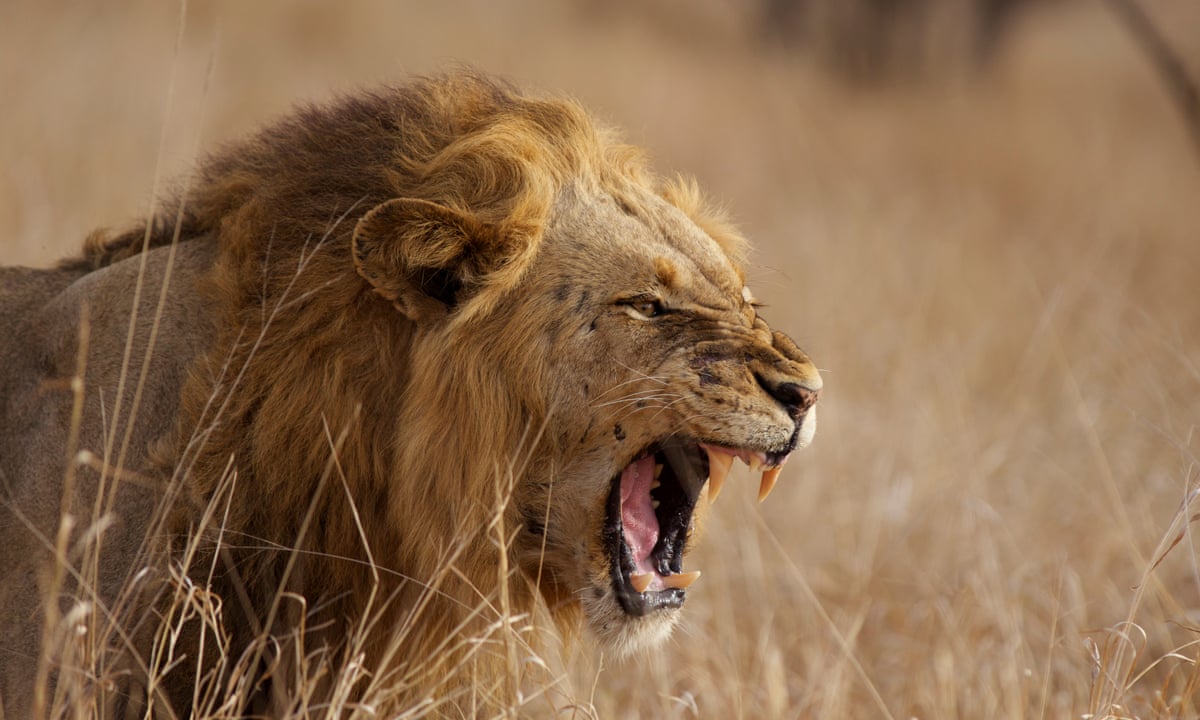Lions in Ancient Art and Sculpture: Cultural Depictions Through Time
"Lions in Ancient Art and Sculpture: Cultural
Depictions Through Time"
In the annals of human history, where civilizations have
risen and fallen like tides, the lion has stood as a timeless symbol of power,
majesty, and cultural significance. From the sprawling deserts of ancient
Mesopotamia to the grandeur of Rome's Colosseum, the image of the lion has been
etched into the fabric of art and sculpture, weaving a rich tapestry of
meanings that span across cultures and epochs. This article embarks on a
journey through time, exploring the enduring presence of lions in ancient art
and sculpture, unraveling the diverse interpretations, mythologies, and
narratives that have shaped humanity's relationship with these iconic
creatures.
Ancient Guardians and Divinities
In the cradle of civilization, ancient cultures endowed the
lion with divine attributes and protective symbolism.
1. Mesopotamian Emblems: In ancient Mesopotamia, the
lion was revered as a guardian figure, often depicted in monumental sculptures
and reliefs. The colossal stone guardian lions, known as lamassu, stood at the gateways
of palaces and temples, warding off evil spirits and bestowing protection upon
the realm.
2. Egyptian Royalty: The lion's regal aura found its
place in the land of the pharaohs. Sphinxes, often combining human heads with
lion bodies, lined the avenues leading to temples and monumental structures.
These enigmatic sculptures embodied the fusion of human wisdom and lion's
strength, underscoring the ideals of Egyptian rulership.
3. Nemean Lion in Greek Mythology: The Nemean Lion, a
fearsome creature of Greek mythology, became a symbol of Herculean valor. Slain
by the hero Heracles as part of his Twelve Labors, the Nemean Lion's
impenetrable hide was depicted in sculptures and vases, immortalizing the epic
tale of conquest.
Symbolism of Power and Authority
As empires expanded and cultures intermingled, the lion
emerged as an emblem of power and authority.
1. Lion of Babylon: The Lion of Babylon, a symbol of
the ancient city of Babylon, embodied the might of the Babylonian Empire.
Carved into steles and monuments, this majestic creature symbolized the city's
strength and resilience.
2. Persian Royal Imagery: The Achaemenid Empire of
Persia adopted the lion as an emblem of royal power. Lion figures adorned
palace gates and royal seals, representing the might and dominance of Persian
rulers.
3. Roman Spectacles: In the arenas of ancient Rome,
lions took center stage as protagonists of grand spectacles. Sculptures and
mosaics depicted the grandeur of gladiatorial contests, where lions and other
exotic animals clashed, embodying the empire's control over the natural world.
Cultural Associations and Mythic Narratives
Lions traversed the realms of cultural narratives, weaving
tales of courage, heroism, and conquest.
1. Asiatic Lion in Indian Art: In the Indian subcontinent,
the lion assumed spiritual and cultural significance. Depicted in ancient
sculptures and reliefs, the lion symbolized strength, bravery, and dharma
(righteousness).
2. Lion and the Buddha: The lion found a profound
connection with Buddhism, where it became a symbol of the Buddha's royal
lineage. The Lion Capital of Ashoka, a prominent ancient sculpture, features
four lions embodying the Four Noble Truths.
3. Medieval Europe: In the medieval period, lions
maintained their status as symbols of regal power. They appeared in coats of
arms, tapestries, and architectural elements, representing the lineage and
might of noble families.
Artistic Evolution and Legacy
As art evolved over the ages, so did the representations of
lions, adapting to changing aesthetics and cultural sensibilities.
1. Renaissance Mastery: The Renaissance witnessed a
revival of classical themes, with lions becoming subjects of artistic exploration.
Sculptors and painters captured the lion's anatomical accuracy and emotional
resonance, infusing their works with a sense of realism and dynamism.
2. Modern Interpretations: Lions continued to
captivate artists in the modern era. From the elegant sculptures of
Antoine-Louis Barye to the bold interpretations of Henry Moore, lions
maintained their allure as subjects of creative expression.
3. Global Influence: The lion's imagery extended to
diverse cultures and regions, from the lion dance of Chinese New Year
celebrations to contemporary African art that honors the lion's cultural
heritage.
Conclusion
The lion, an enigmatic blend of power, beauty, and
symbolism, has journeyed through the corridors of time as a muse to artists and
a vessel of cultural expression. Its presence in ancient art and sculpture
reveals humanity's deep-rooted fascination with the natural world and the
intricate interplay between myth, reality, and the human imagination.
The lion's legacy as a cultural emblem endures, evoking a
spectrum of emotions from awe to reverence, resilience to heroism. As we
contemplate the myriad ways in which the lion has been etched into the artistic
narrative of our shared history, we stand witness to the enduring resonance of
this majestic creature—a timeless symbol that continues to roar across the
canvas of human creativity.

.jpg)


Comments
Post a Comment